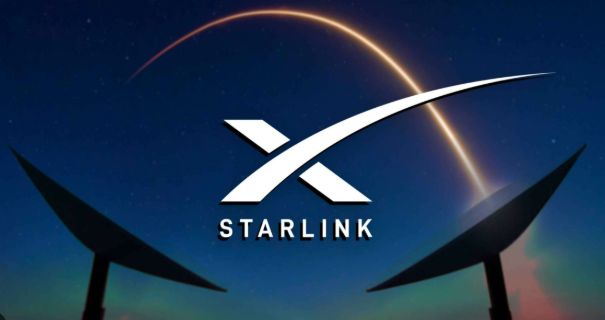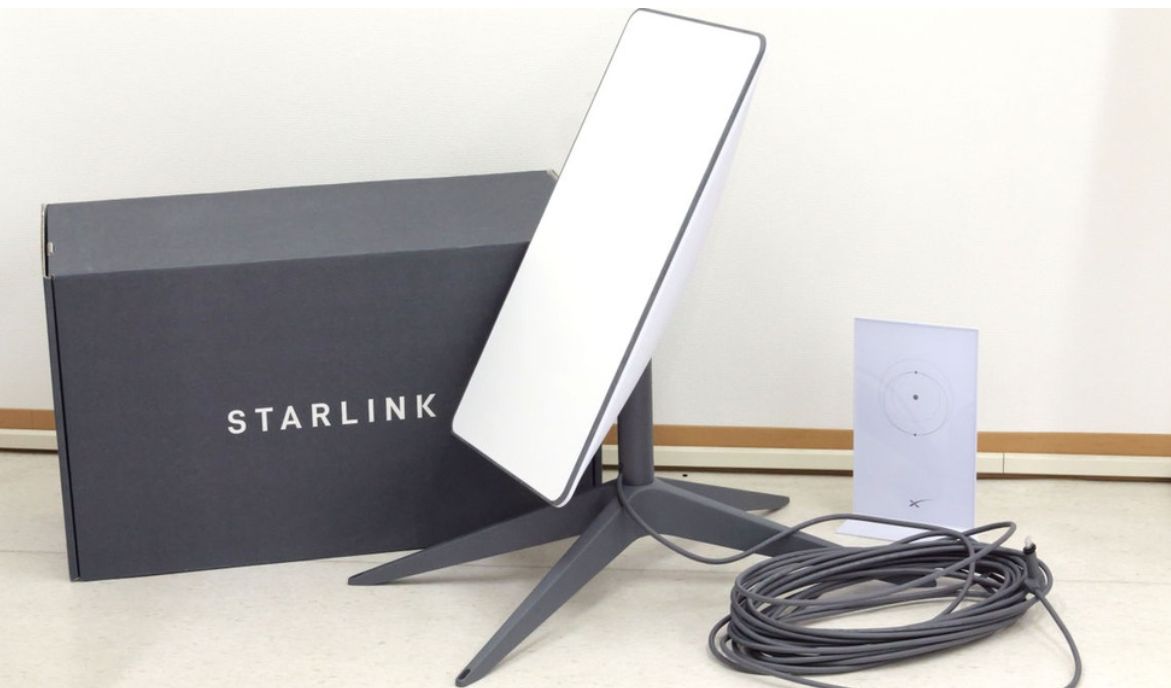In today’s digital world, internet access is no longer a luxury — it’s a necessity. Yet millions of people across Africa and other developing regions still struggle with slow or no connectivity, especially in rural areas. This challenge has now created a golden business opportunity, thanks to Starlink.
Starlink, a satellite internet service developed by Elon Musk’s SpaceX, is rapidly transforming how remote communities access the internet. But beyond personal use, Starlink offers a fresh and innovative business model: buy the kit, set it up, and sell internet access to others.
If you’ve been looking for a profitable business idea that doesn’t require a massive capital investment, then this might be your chance. In this blog post, we’ll explore how you can turn Starlink into a reliable source of income by selling internet in your area. We’ll break down the setup process, pricing models, potential markets, and how to scale up sustainably.
What Is Starlink?
Starlink provides high-speed, low-latency internet access via a network of low-Earth orbit (LEO) satellites. Unlike traditional providers that rely on towers or fiber-optic cables, Starlink beams internet directly from satellites, making it ideal for remote locations with poor infrastructure.
In many African countries, Starlink is now operational and delivering speeds between 50–200 Mbps — enough for streaming, gaming, Zoom meetings, and more.

The Starlink Business Idea: Reselling Internet Access
Here’s how the idea works in simple terms:
- You buy the Starlink hardware kit (dish, router, cables).
- You pay the monthly Starlink subscription fee.
- You create a local Wi-Fi hotspot using the Starlink connection.
- You charge people to access your internet connection — either hourly, daily, weekly, or monthly.
- You profit by charging more than what you spend on Starlink.
This setup can work in villages, small towns, schools, rural hospitals, farms, markets, tourist lodges, or construction sites.
Step-by-Step Guide to Starting Your Starlink Internet Business
1. Purchase and Install the Starlink Kit.
- Go to the Starlink website and check availability in your country.
- Order the Starlink kit, which typically costs around $400–$600 USD as a one-time fee.
- The monthly subscription is around $30–$60 depending on your region.
- Setup is plug-and-play: mount the dish in an open sky area, plug in the router, and wait for it to connect.
YOU CAN ALSO BUY FROM AMAZON
2. Create a Local Wi-Fi Hotspot
- Use the provided Starlink router or upgrade to a more powerful commercial router.
- You can extend the range using Wi-Fi extenders or mesh systems if you want to cover a larger area.
- If you’re setting up in a public place like a market, consider placing the router in a central location for better coverage.
3. Monetize the Connection
There are several models you can use:
| Model | How It Works | Ideal For |
|---|---|---|
| Pay-As-You-Go | Users buy access by the hour or day (via voucher or cash) | Rural kiosks, bus stops, markets |
| Monthly Plans | Users subscribe to fixed plans per month | Students, home users, remote workers |
| Data Bundles | Users buy certain data limits (e.g., 1GB, 5GB) | Young users, casual users |
| Shared Offices | Provide internet to small businesses in one location | Urban entrepreneurs |
Use voucher systems, QR codes, or simple password-based access control. Tools like WiFiHotSpotManager, MikroTik routers, or apps like Radius Manager can help automate the billing and management.
How Much Can You Earn?
Let’s assume:
- Starlink subscription: $50/month
- Kit: $500 (one-time)
- Router upgrades, solar, etc.: $200 (optional)
Now say you charge 20 users $5 per week for unlimited Wi-Fi:
- $5 × 20 users = $100/week
- $100 × 4 weeks = $400/month
Your profit after subtracting Starlink cost = $350/month
In less than 3 months, you’ll break even and begin earning pure profit. If you scale this to more locations, the potential grows quickly.
Who Are Your Target Customers?

- Students: Many students lack reliable internet for online learning.
- Business Owners: Local shops and entrepreneurs need internet for mobile payments, inventory apps, and marketing.
- Remote Workers: As digital work grows, more people are working from villages and need fast internet.
- Tourists and Lodges: Travelers want to stay connected; rural lodges can resell Starlink as a premium service.
- Communities: Sell internet to homes in the area through monthly plans.
Tips to Succeed in the Starlink Internet Business
- Choose a strategic location: Go where there’s poor connectivity but high demand.
- Promote locally: Use posters, flyers, and word of mouth.
- Offer value-added services: Sell phone charging, printing, or basic computer use at your Wi-Fi spot.
- Use solar power: If electricity is unreliable, a solar setup will keep your internet running.
- Secure your network: Limit abuse and freeloaders with password protection, MAC filtering, or session timeouts.
- Register your business: As you grow, formalize the operation to avoid issues with local authorities.
Scaling Your Starlink Business
Once your first location is successful, you can scale by:
- Franchising: Let others use your model and you collect a small fee.
- Multi-location management: Use cloud-based router tools to manage multiple hotspots remotely.
- Partner with NGOs: Provide internet access for education or health in partnership with development organizations.
- Sell internet to schools: Many rural schools need reliable internet — become their provider.
Challenges to Watch Out For
- Initial Cost: The kit might be expensive upfront, but crowdfunding or community contributions can help.
- Service Availability: Starlink is not in every African country yet; check before investing.
- Weather Interference: Heavy rain can reduce signal, though newer satellites are improving this.
- Legal Issues: Ensure your local laws allow internet reselling.
The Starlink internet reselling model is more than just a side hustle — it’s a real opportunity to bridge the digital divide while earning a stable income. With smart planning, quality service, and community focus, you can become a local internet hero.
Whether you’re in Malawi, Zambia, Nigeria, or beyond, this is the kind of low-barrier tech business that can lift up entire communities. The sky (literally) is the limit.
